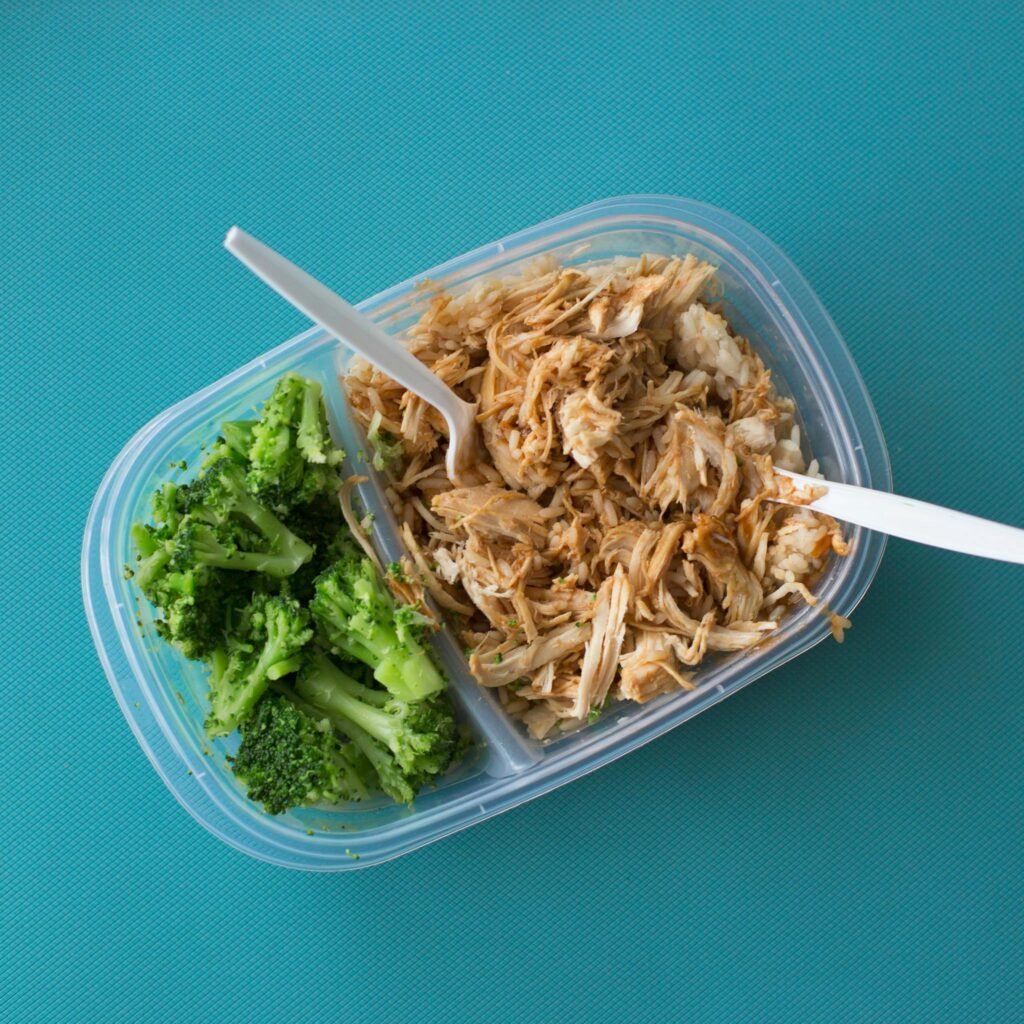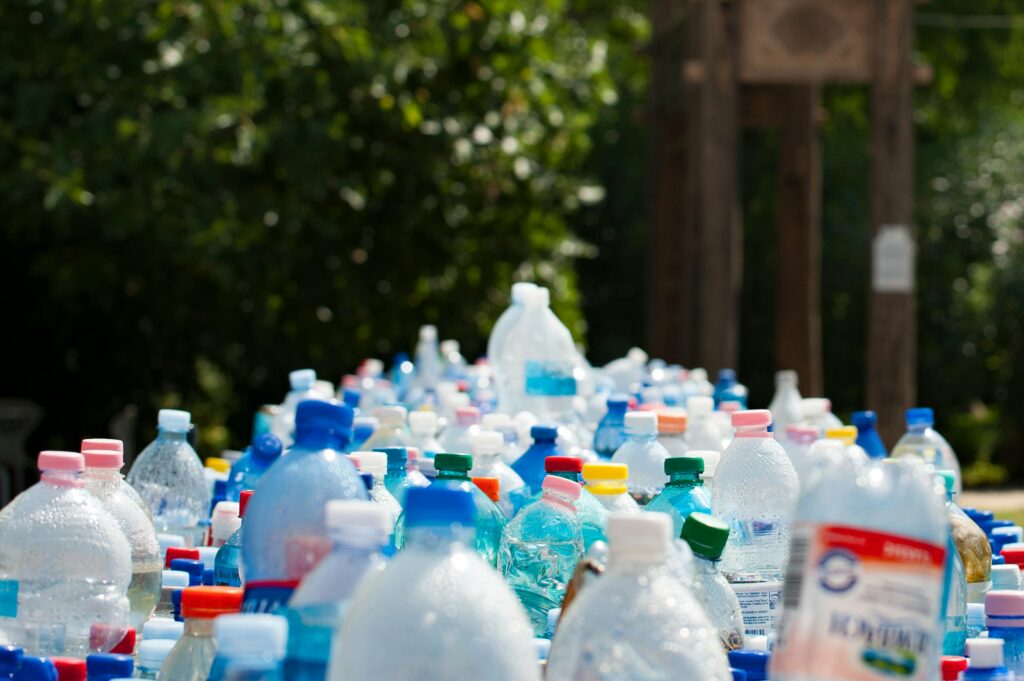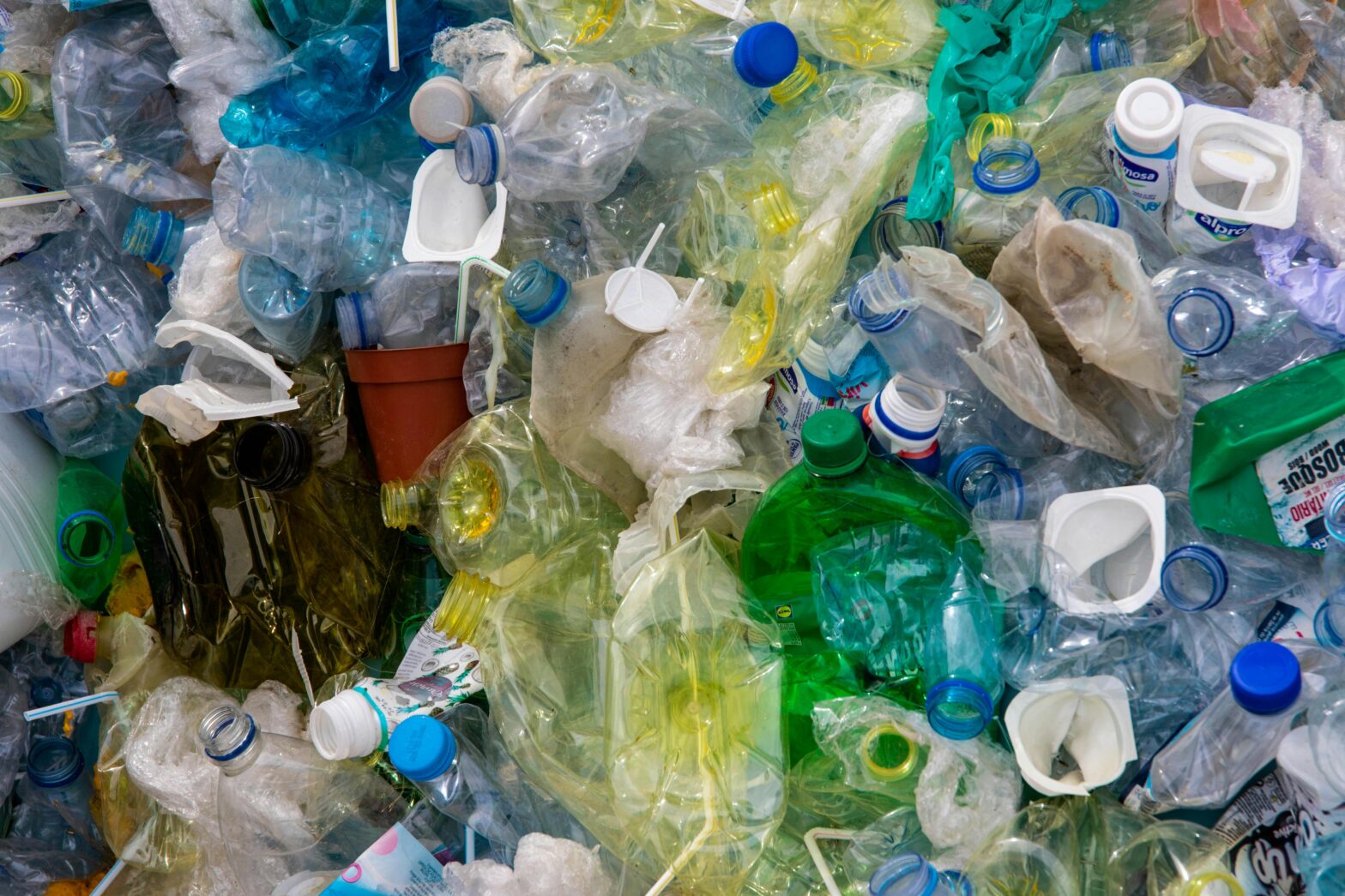The word “microplastic” makes it sound like a small problem. In reality, it’s anything but. These tiny bits of plastic (smaller than 5mm) often aren’t perceptible to the human eye, yet scientists have found them everywhere. In our food, our water, the air we breath, and increasingly, in our bodies.
Research is still catching up, but early findings point to risks for our health as microplastics continue to accumulate in our environment and in us.
While the science continues, there are steps we can take right now to limit exposure:
Avoid Eating Microplastics

- Don’t microwave food in plastic. Heat causes plastics to release BPA, phthalates, and microplastics into your food. Use glass or ceramic instead.
- Skip plastic food storage. Opt for stainless steel, glass, or paper to reduce the risk of microplastics seeping into your food before you consume it.
- Use bamboo or wood cutting boards. They last longer, look beautiful, keep your knives sharper, and won’t shed harmful particles into your food.
Avoid Drinking Microplastics

- Don’t drink from plastic water bottles. Choose reusable steel or glass bottles and stick to tap water when you can.
- Use an NSF-certified water filter. Many options on the market still contain a little plastic (isn’t it ironic), but they cut back on contamination. For a zero-plastic option, try these activated charcoal sticks.
- Go loose leaf. A lot of tea bags are made of plastic, and even the tea bags made of paper may have plastics in the glue holding them together. When plastic gets hot (like when it’s exposed to boiling water), it releases microplastics and harmful chemicals.
- Bring your own cup or mug. Paper takeout cups are coated in sythetic wax, making them unrecyclable, and releasing microplastics into your drink, which then gets into your digestive system.
Avoid Microplastics at Home

- Wash plastic containers by hand. Dishwashers get very hot to help kill germs, but that heat can also… say it with me now: release microplastics.
- Control dust. Some dust is just dead skin or pet hair, but some could be particulates from the plastic that gets used in everyday life. Use a damp cloth or some all-purpose cleaning spray when cleaning surfaces to avoid kicking the dust right back up into the air.
- Opt for natural fibers. Organic cotton, linen, hemp, or wool, don’t shed synthetic microfibers in your wastewater when you do laundry. You can also install a filter or get something to put in your machine that will sort out the plastics and prevent them from going into your greywater system.
Most Importantly:
Support legislation, policy changes, and social movements that aim to reduce single-use plastics.
You are a brave and vigilant environmentalist who stays on top of your own impact on the earth, but not everyone has the ability to do so. Similarly, not everyone can use these tips to protect themselves from excess microplastic exposure, and they shouldn’t have to (and neither should you!)
Fighting for systematic change in plastic use is probably the single most important way that we can reduce microplastics in our lives and the lives of people all over the world.
Vive la révolution!
Sources:
https://oceanservice.noaa.gov/facts/microplastics.html
https://www.ucsf.edu/news/2024/02/427161/how-to-limit-microplastics-dangers
https://www.nytimes.com/wirecutter/reviews/how-to-avoid-eating-microplastics
https://www.ecowatch.com/avoid-microplastics-at-home-2655282616.html
https://www.ecowatch.com/plastic-container-health-risk-2653620879.html
